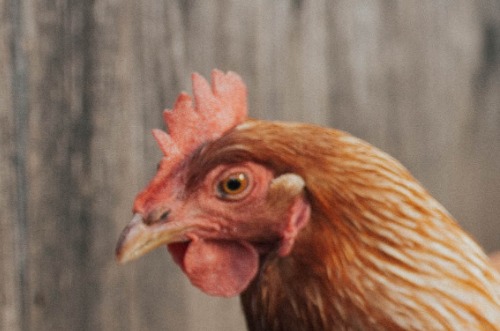Korean Chicken Prices End May 2023 in an Upward Trend

In May of this year, according to Tridge data, Korean native chicken prices (country-indicative) averaged KRW 7,977/kg, a fresh eight-month high. This level represents a 10% month-over-month (MoM) increase and a 25% year-over-year (YoY) increase. Korean native chicken is typically more expensive than the regular broilers, but its price levels correlate positively with regular chicken prices.
Meanwhile, breeder chicken wholesale prices in Daegu averaged KRW 6,408/kg, the highest level since at least nine months. The MoM increase was the sixth consecutive one, at a pace of 4%.
In addition, semi-broiler prices in Korea (country-indicative) averaged KRW 4,497/kg, which represents a decline of 4% MoM. However, prices are currently 20% higher compared to levels during the same month a year ago.
Source: Tridge
The rise in prices corresponds to an upward trend which began in January this year, buoyed by the typical climb in demand during the Lunar New Year. However, prices have been mostly on the rise since then, meaning supply hasn’t been enough to quench current demand. This points to high production costs disincentivizing a fast growth in chicken meat output.
According to World Bank data, while most input prices used in chicken production have recently been on the decline, most still remain above 2021 and/or pre-pandemic levels, signaling they’re still higher than normal. In addition, while the Korean won regained some ground against the US dollar in Q4 2022, it has been mostly declining again throughout 2023. A weaker won makes it more expensive for Korean producers to import inputs priced in US dollars. Feed is typically the highest production cost component in the mix. Moreover, Korea imports around 16% of its total chicken supply, which also reflects higher prices in terms of Korean won.
Source: Tridge and IMF
The current foot-and-mouth disease (FMD) situation in Korea might be also affecting chicken prices. On May 19, South Korea’s ministry of agriculture increased the foot-and-mouth disease (FMD) crisis warning level to its highest, at “serious”, applicable to affected areas (North Chungcheong). Before the current outbreak, the last time FMD cases were detected in Korea was in 2019. As reported in a past Tridge Analysis, the first immediate effect was higher beef prices. However, prices of protein substitutes also increased due to movement restrictions of beef and pork, generalized fear over the potential spread of the outbreak, as well as a temporary protein shortage.
Moving forward, chicken prices might be pressured upward if the FMD development worsens. Nonetheless, the 2023-2024 outlook for input prices is pointing downward, which eventually will pull chicken meat prices down, but, for Korean producers, this will also depend on the behavior of the USD/KRW exchange rate.
